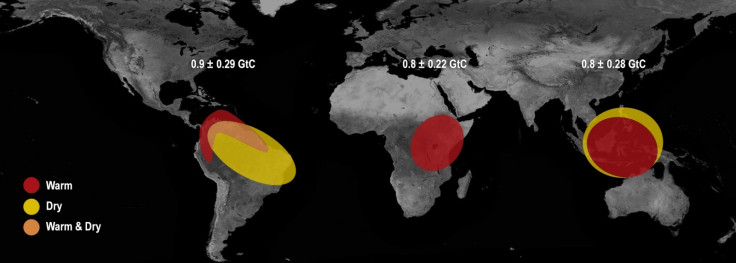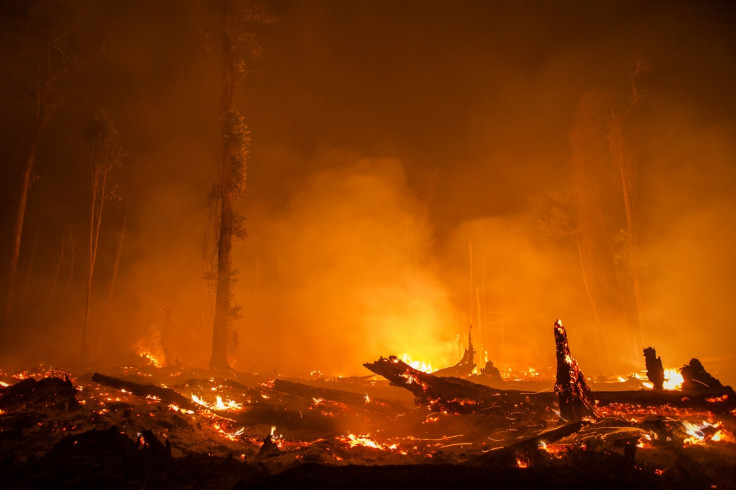Nasa has found the reason behind Earth's record carbon dioxide spike
Nasa has pinpointed one of the largest El-Ninos on record in 2015 as the main culprit.

Nasa scientists have deduced that the recent spike in carbon dioxide (CO2) levels over the last two years has been directly caused by one of the largest El-Ninos on record, which happened in 2015.
The years 2015 and 2016 have seen the largest ever annual increase in atmospheric CO2 in over 2,000 years and it was mostly from Earth's tropical regions.
El-Nino refers to the influence that warmer or colder ocean waters have on climate around the globe called El-Nino Southern Oscillation (ENSO); El-Nina is the cold phase, while El-Nino is the warm phase of this cycle.
Nasa has said that while the release of the CO2 can be directly attributed to El-Nino, exactly how this happened is still a matter of an ongoing study. The data for the research comes from the Orbiting Carbon Observatory-2 (OCO-2) satellite, says a report from the space agency.
Studying 28 months of data from the OCO-2, Nasa scientists found that heat and droughts in the tropical regions of Africa, Indonesia, and South America were responsible for the surge in the release of atmospheric CO2.
Junjie Liu of Nasa's Jet Propulsion Laboratory (JPL), lead author of the study, said: "These three tropical regions released 2.5 gigatons (1 gigaton = 1 billion tons) more carbon into the atmosphere than they did in 2011."
"Our analysis shows this extra carbon dioxide explains the difference in atmospheric carbon dioxide growth rates between 2011 and the peak years of 2015-16. OCO-2 data allowed us to quantify how the net exchange of carbon between land and atmosphere in individual regions is affected during El Nino years."
Data collected by OCO-2 shows that carbon dioxide increases for the years 2015 and 2016 were 50% higher than the average increase observed in recent years. The National Oceanic and Atmospheric Administration's (NOAA) data also tallies with these findings, notes the report.
The increase was 3 parts per million (PPM) that comes up to 6.3 gigatons of carbon, the annual increase averaging around 2 PPM which is 4 gigatons of CO2. It was noted that the numbers reached record levels in spite of emissions from humans not changing and remaining "roughly the same" during the 2015-2016 years.
Liu's team found that the total amount of CO2 released into the atmosphere from all land masses on Earth increased by three gigatons and that 80% of it came from natural processes occurring in tropical forests in South America, Africa and Indonesia and each region contributed roughly the same amount.
OCO-2 Deputy Project Scientist Annmarie Eldering of JPL said: "The team's findings imply that if future climate brings more or longer droughts, as the last El-Nino did, more carbon dioxide may remain in the atmosphere, leading to a tendency to further warm Earth."






















